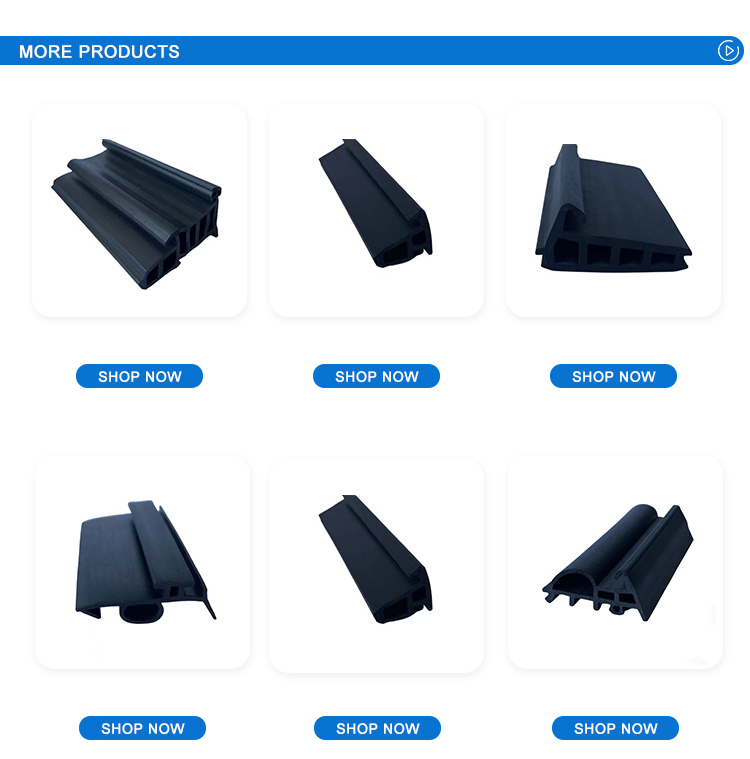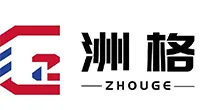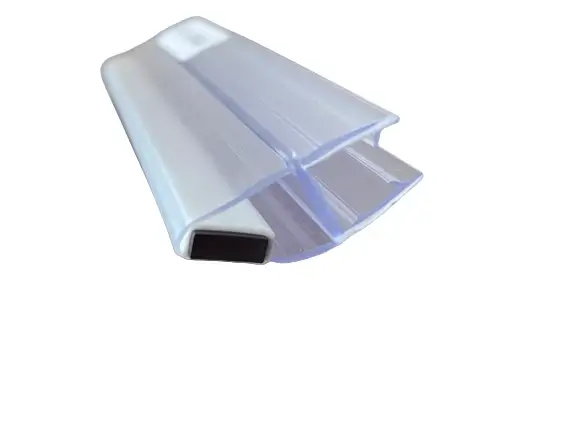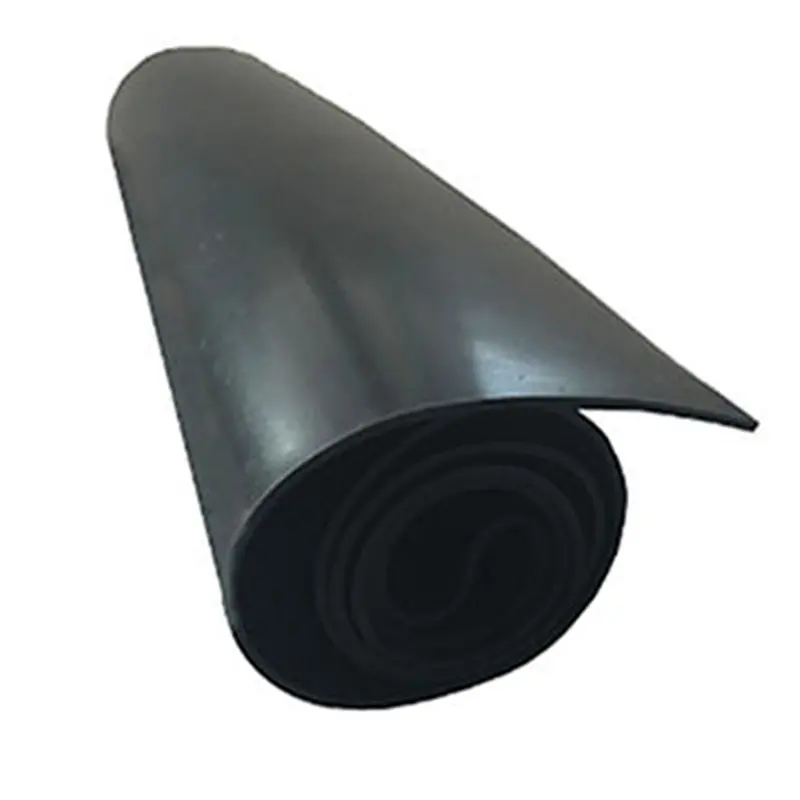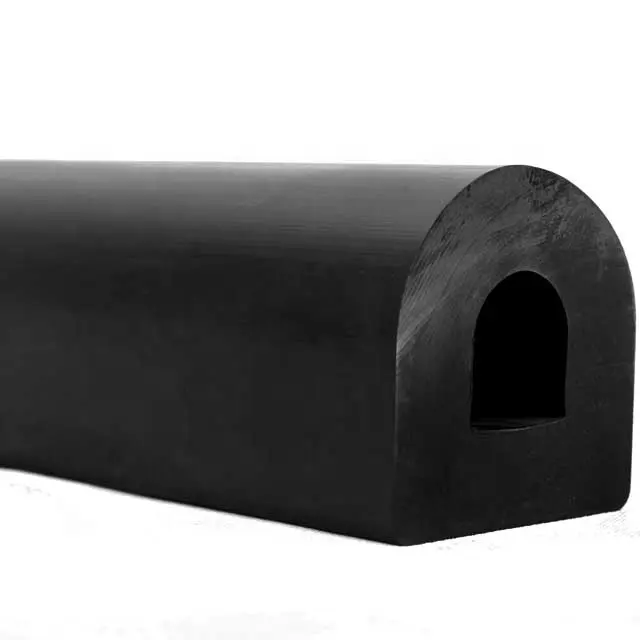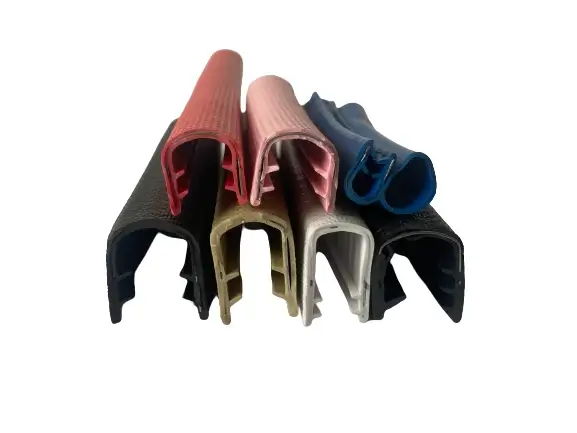Apr . 08, 2023 18:23 Back to list
What are the materials of door and window sealant strips?
The main function of door and window sealing strips is to ensure the perfect water tightness, air tightness, and wind pressure resistance of door and window and curtain wall systems. In addition, they can also play a crucial role in sound insulation, noise reduction, dust prevention, and energy conservation for a perfect door and window system.
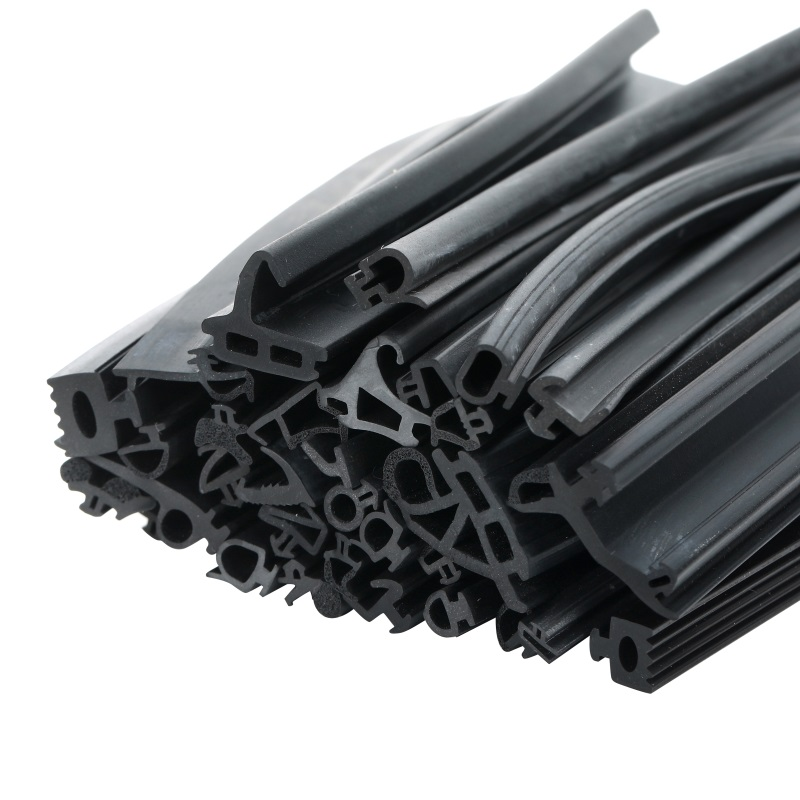
At present, the energy consumption of buildings in China accounts for about 35% to 40% of the total social energy consumption. For the entire building, the energy loss through doors and windows accounts for 50% of the building energy consumption, that is, about 20% of the total social energy consumption comes from doors and windows. The heat loss of poorly sealed doors and windows is 5-6 times that of the wall heat loss. Therefore, the key to building energy conservation is door and window energy conservation, and one of the key factors for door and window energy conservation is adhesive sealing. Today, the editor will take you to learn about door and window sealant strips:
What are the materials of the adhesive strips?
The main materials commonly used in the industry are EPDM rubber, silicone rubber, thermoplastic elastomer, chloroprene rubber, and other materials. However, the sealing strips commonly used for building doors and windows are limited by installation location, service life, sealing requirements, profile matching, and other factors. Therefore, rubber and plastic, ethylene propylene diene monomer (EPDM), silicone rubber, and multiple material composite strips are often used.
What are the advantages of EPDM adhesive strips?
EPDM rubber strips, made of natural rubber raw materials, meet European standards for surface quality, elasticity, heat and cold resistance, and UV radiation resistance; Simultaneously adopting composite co extrusion and salt bath vulcanization treatment technology, it has better performance and stability than ordinary vulcanized rubber strips; The EPDM adhesive strip has environmental protection, aging resistance, corrosion resistance, sealing and rebound properties, which are three times higher than ordinary EPDM adhesive strips; Excellent insulation effect and long service life.
01 Ozone and oxidation resistance
The main chain in the molecular structure of ethylene propylene diene monomer (EPDM) adhesive strip does not contain double bonds, which can completely resist the attack of ozone in the air. In the environment with ozone concentration of 100 PPHM, there is no cracking for 2430 hours; Under the condition of 50 PPHM and 30% static tension, there is no cracking after 150 hours.
02 Weathering resistance
EPDM adhesive strips can be used in natural environments such as sunlight, humidity, and cold for a long time. They will not crack after being exposed to sunlight for three years and have minimal changes in physical and mechanical properties.
03 Heat resistance
EPDM adhesive strips can be used for a long time at 120 ° C, with a maximum usage temperature of 150 ° C, and begin to decompose above 150 ° C. When suitable anti-aging agents or peroxides are added, the intermittent temperature resistance can reach 315 ° C, which is determined by the saturated main bond structure.
04 Low temperature resistance characteristics
The flexibility of the poly (methyl methacrylate) main chain provides good low-temperature resistance, with a glass transition temperature between -35 ° C and -65 ° C. Most vulcanized products are still soft at -50 ° C, which means they have good elasticity and less compression permanent deformation at low temperatures, so that their sealing performance will not be reduced due to low environmental temperatures in cold regions, making winter temperature construction easier in cold regions.
05 Chemical resistance performance
EPDM is resistant to various polar solutes, such as brake oil, strong acids, strong alkalis, alcohol, etc; Poor resistance to non polar solubility, such as gasoline and other similar solutes, and variable medium oil resistance when filled with ultra-high molecular weight oil.
06 High filling ability
EPDM has a much higher filling capacity than any other elastomer, making up for the price difference compared to general rubber. The use of ultra-high molecular weight oil-extended ethylene propylene rubber not only further increases filling ability, but also has excellent tensile strength and constant elongation strength.
In addition to the above advantages, EPDM also has the characteristics of low density, excellent electrical performance, high strain characteristics, strong wear resistance, high moisture resistance, and water vapor resistance; Adopting microwave vulcanization technology for one-time molding, the surface is smooth and beautiful, with good elasticity and compressive deformation resistance. The product has stable performance and high dimensional accuracy.
